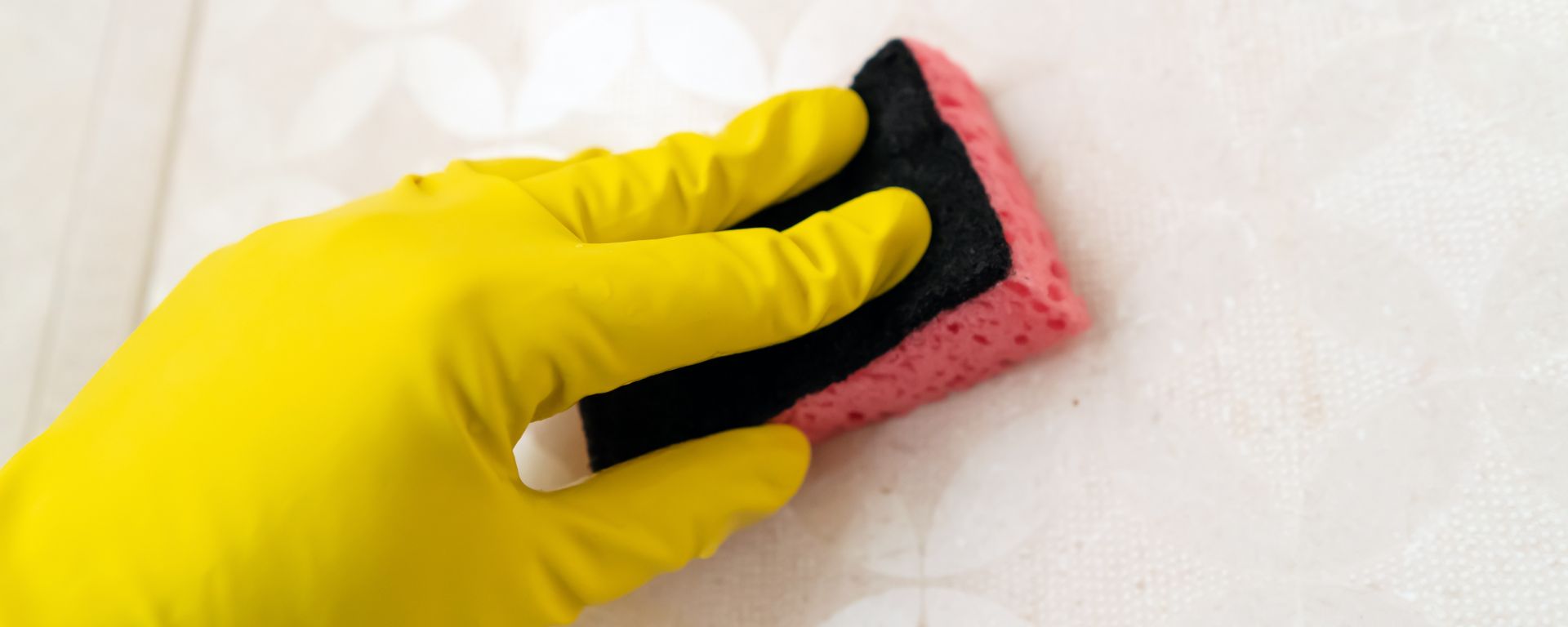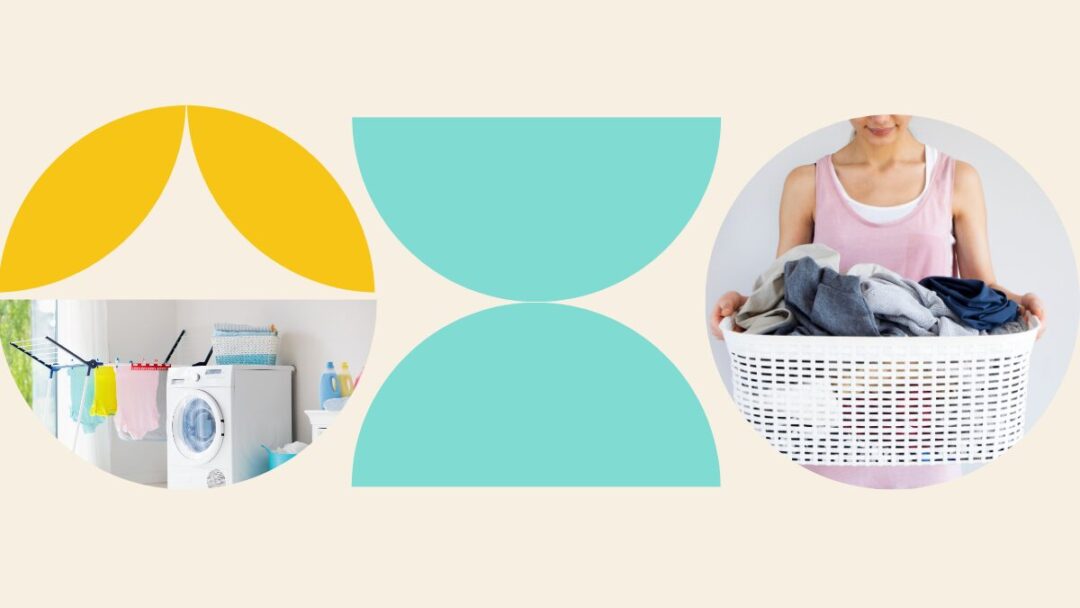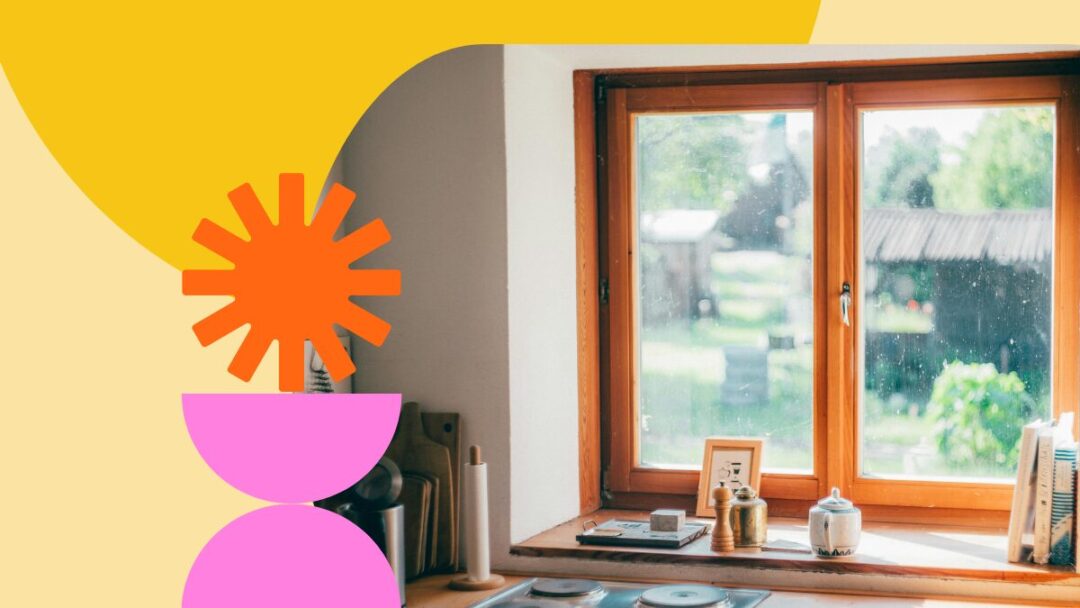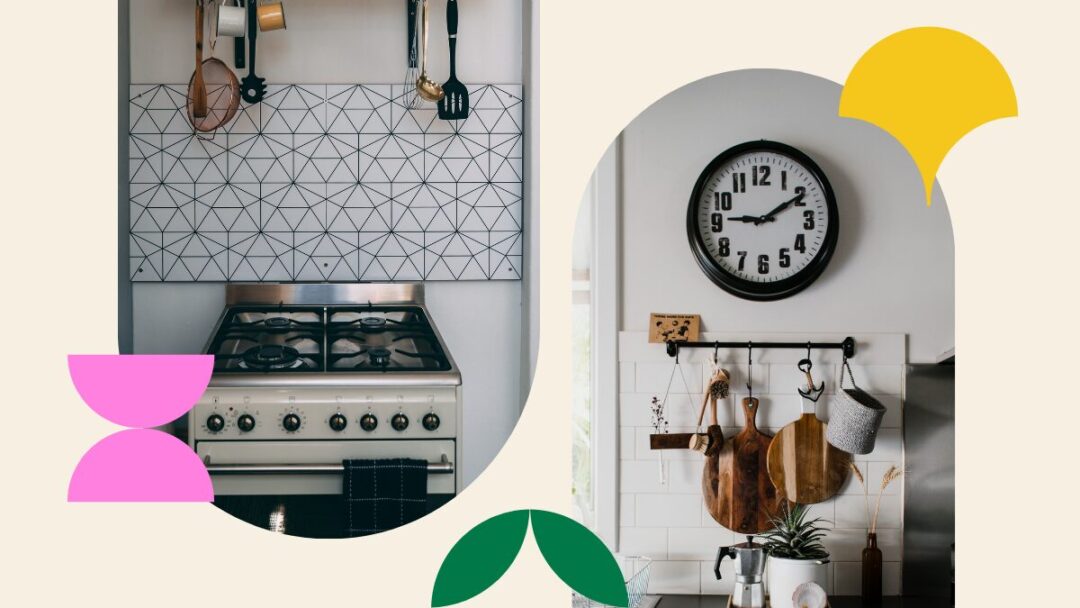Porcelain tiles are strong, durable tiles made from various materials such as sand and feldspar that make the tiles more dense and stronger, resulting in less moisture being absorbed. This makes the tiles more stain-resistant and easier to maintain. Porcelain tiles can be used for many surfaces in your home, including the floors, countertops, and walls in certain rooms. There are three common types of porcelain tiles you can get – glazed, unglazed, and textured. By cleaning your tiles you can keep them as pristine as they arrived, and looking attractive for many years to come.
Types Of Porcelain
Cleaning porcelain tiles is fairly simple. However, there are some things to avoid if you want your floors to sparkle. Before we get to cleaning your porcelain tile floors, let’s take a closer look at the three different types of porcelain tiles.
Unglazed: porcelain tiles are made from silica, clay, and other materials that are tightly pressed and then fired under high temperature. This creates dense tiles that are resistant to penetration by water. Unglazed tiles aren’t that slippery, and chips that happen to them are less noticeable.
Glazed: porcelain tiles are made the same way as unglazed, but they have an added layer of thin liquid glass to the exterior. This gives glazed tiles a more glossy look and allows you to choose the addition of other colours and even various prints.
Texture: these tiles are made to look like other types of flooring; they can resemble natural stone and a few other variants, even hardwood.
How To Clean Glazed Porcelain Tiles
- Start the cleaning process with a broom, dust mop or vacuum cleaner. This will help you to eliminate dust, dirt and debris. For the tiles, it’s best to use a soft broom and dust mop. A dust mop has a microfiber pad that collects fine dust particles, is easy to manoeuvre, and is gentle enough to use on glazed tiles.
If you do come across stubborn dirt, use a nylon brush to remove the dirt gently. You may want to apply some hot water to the dirt first as you could damage the tile if you scrub it while dry.
- Remove stains with a commercial cleaning product or white vinegar. Add a quarter cup of white vinegar to 2 gallons of water. Mop the stained area and let it sit for about 10 minutes, then rinse the area with clean water. If you’re using a commercial cleaner, follow the instructions on its label. Stubborn stains such as coffee and red wine need a bit more power; they can be removed with a baking soda paste.
Make a baking soda paste by combining equal parts water and baking soda. Apply the paste to the stain and scrub gently with a soft bristle brush until the stain is lifted. Rinse the area with water. Repeat this step as many times as necessary.
- Once you’ve gotten rid of stains, mop the entire floor. The white vinegar and water mixture from before can be used for mopping your floors. Vinegar works incredibly well on glazed porcelain; it brings out the shiny exterior without leaving residue.
Begin at the back of the room and work your way back towards the entrance or exit. After you’ve mopped the floor, rinse them with clean water to remove any residue and give them a spotless look.
- After the mopping, it’s important to dry the glazed tiles as any water left may cause watermarks. Use a microfiber cloth or clean towel to wipe the floors. Turning on a fan or opening some windows will allow fresh air in and help to dry your tiles. Using a polishing pad, rub in circular motions to help restore shine to the tiles.
How To Clean Unglazed Porcelain Tiles
Unglazed porcelain tiles need a slightly different approach since they do not have a protective coating.
- It’s important to refrain from using any abrasive tools. For sweeping, simply use a microfiber dust mop to eliminate dust and dirt.
- Unglazed porcelain tiles should be cleaned with mild cleaners to prevent damage. You can use the vinegar solution mentioned above or commercial cleaners safe for unglazed tiles. Wet the floor slightly with a mop and then scrub stained spots before rinsing with water.
- Lastly, drying the floor is essential to prevent water from penetrating your floors. Use a microfiber cloth or towel to dry the floors.
How To Clean Textured Porcelain Floors
This two-step method is the least complicated out of the three types of porcelain tiles.
- These types of tiles are usually used for shower tiles, they have more areas where dust can hide. With a flared broom, sweep the floors in one direction, then again in the other direction. This will ensure you sweep up all the dust from the tiles.
- Once you’ve swept the floors free from dust and dirt, use a microfiber mop and a mild solution made for the surface. Allow the cleaner to sit for about 10 minutes before scrubbing the stains with a soft brush. For large areas, you can use a soft broom or push broom to clean the stains effectively.
Always ensure that you rinse the flooring to eliminate any cleaning products. Products left on textured tiles may damage the surface. Lastly, dry the porcelain floors with a soft towel or cloth.
Maintaining Porcelain Tiles
Porcelain tiles, regardless of the type, all need some maintenance if you want to keep them looking as good as new. Here are some maintenance tips:
Sweep Or Vacuum Regularly
Dust and dirt can easily make porcelain tiles look dull. Try sweeping the floors with a soft broom or vacuum twice a week. If your home is high in foot traffic with kids, guests, or pets, you may have to commit to daily sweeping.
However, if you’re going to vacuum, make sure to use one with a hard floor setting and a soft head. Vacuums made for carpets may cause deep scratches and damage to your floors.
Clean Up Spills Immediately
To avoid a build-up of stains and grime, always remember to clean up spills as they happen. Porcelain tiles aren’t porous so the stain won’t absorb the spilt liquid, but the spill can cause marks that are stubborn to remove. Use a microfiber cloth to clean up stains straightaway.
Avoid Bleach And Ammonia
Bleach and ammonia can stain the grout of the tiles and damage their colour. Cleaners that have added dye or colouring should be avoided, and so should oil-based and wax cleaners.
Go for white vinegar as a natural product; this gives the tiles a shine while disinfecting and deodorising the tiles.
Clean The Grout
Discoloured or dirty grout can make your clean tiles look unclean. You can clean the grout using a paste made of water and baking soda. Simply apply the paste to the grout and scrub with a brush, then rinse with water. You can use commercial cleaners too, just make sure it’s safe for tiles. You may want to consider sealing unsealed grout to prevent stains and discolouration.
Remember, knowing how to clean porcelain floors depends on the type of tiles you have. Glazed porcelain tiles aren’t as sensitive to cleaning products and water as unglazed and textured tiles. However, keep in mind that it’s ideal to use a mild product or a mixture of vinegar and water. Choose tools such as a dust mop or a microfiber cloth for cleaning. Never attempt to use steel wool, not for even the toughest of stains. Lastly, keep dust and dirt at bay by regularly sweeping porcelain floors. For tips on cleaning laminate floors, check out our post with expert tips and methods.









